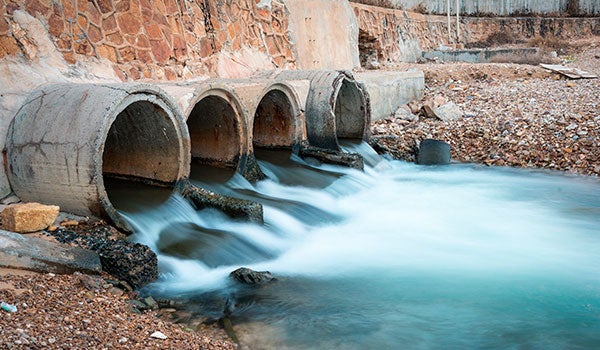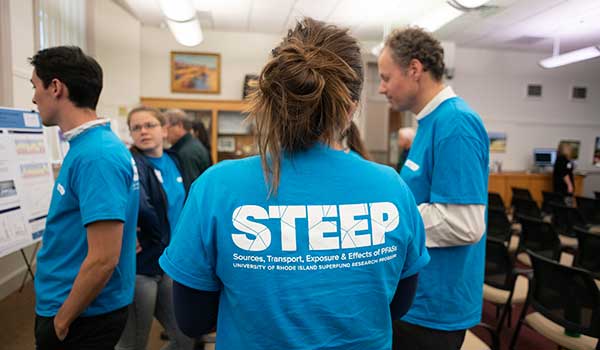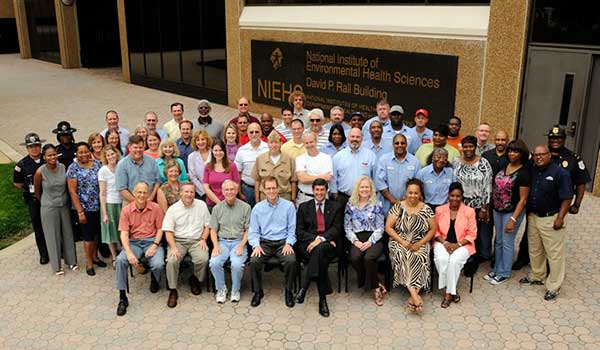STEEP AIMS: Renewed Commitment for the Public Good
Chances are that in the last five years, you have heard the term PFAS or one of its phonetically similar counterparts, PFOS or PFOA. But, like many people, you may still be wondering, “What are PFAS?”
PFAS—or poly- and perfluoroalkyl substances—have been around since the 1950s and were part of the “better living through chemistry” era. These chemicals emerged in common household goods starting with Teflon and Scotchgard and have made their way into today’s wrinkle-free shirts and waterproof jackets. Americans are notoriously thrilled with products that made housekeeping easier, and continue to embrace products that reduce our being harnessed to repetitive household tasks like that pesky ironing.
So far, you may think this sounds great and are reaching for your “Team PFAS” swag. But, before you do, let’s talk about the environmental concerns related to the production and use of these chemicals.
When PFAS burst onto the scene in the 1950s, it was a time of relaxed environmental concern and regulation. As a result, early PFAS manufacturers may not have violated the safety standards of the time. However, in the 1980s, the body of PFAS chemicals emerged as high-priority environmental contaminants. Then, in 2000, researchers recognized their ubiquitous occurrence in human blood and began to associate them with adverse health impacts.
Today, a rapidly increasing number of contaminated sites are being discovered, often with highly elevated PFAS concentrations in drinking water. These often result from the use of aqueous film forming foams (AFFF) at airports, military and firefighting training sites. Moreover, PFAS are highly stable and do not break down quickly in the environment; consequently, they now result in worldwide food chain contamination.
Current evidence is often too scant to allow a constructive and targeted approach to remediation of contaminated sites, regardless of whether these sites are previously or newly identified. Drinking water for upwards of 110 million Americans has PFAS concentrations that exceed the EPA health advisory level of 70 parts per trillion (ppt). But we need more scientific data upon which to base sound regulatory measures that put human and environmental health first.
Here’s where STEEP has stepped in. Since receiving funding from the National Institute of Environmental Health Sciences (NIEHS) Superfund Research Program (SRP), STEEP researchers have started to parse out environmental and human health impacts of PFAS. STEEP’s research is key to address the emerging problem of PFAS contaminated sites across the U.S. and elsewhere.

 Tracing the Path of PFAS
Tracing the Path of PFAS
STEEP is characterizing sources of PFAS through in situ groundwater measurements combined with geochemical modeling to assess transport and fate, including chemometric approaches to fingerprint sources of PFAS as a function of distance from the contaminated site. In other words, STEEP is a real-world CSI, figuring out where PFAS are coming from, where they are going, and where they end up—both in humans and the environment.

 Determining Human Health Impacts
Determining Human Health Impacts
Researchers have conducted—and continue to conduct—parallel laboratory and human epidemiologic studies to assess the impact of in utero and early-life PFAS exposures on immune dysfunction and metabolic abnormalities. The relationship of PFAS will be used to derive benchmark dose levels to determine when PFAS levels move from less concerning to harmful. Through this research, researchers will determine how PFAS can impact a child through exposure in utero to PFAS in the mother’s body as well as how PFAS transfer from mother to child through the nutritional gold standard for infants—breastmilk.
 Engaging the Community
Engaging the Community
High levels of PFAS can be found at firefighter training facilities that use aqueous film forming foams (AFFF). This is the case on Cape Cod, where the use of AFFF for fire training activities has led to contamination of public and private drinking water wells in Hyannis and other parts of the Cape. STEEP has sampled and tested for PFAS over 100 private wells on Cape Cod, and has engaged with the communities to discuss their PFAS exposure levels, listen to their concerns, and by working with local officials and regulators, help them to reduce their exposure to PFAS. Unfortunately, Cape Cod is not unique in PFAS exposure, and it mirrors the situation at hundreds of other sites around the country.
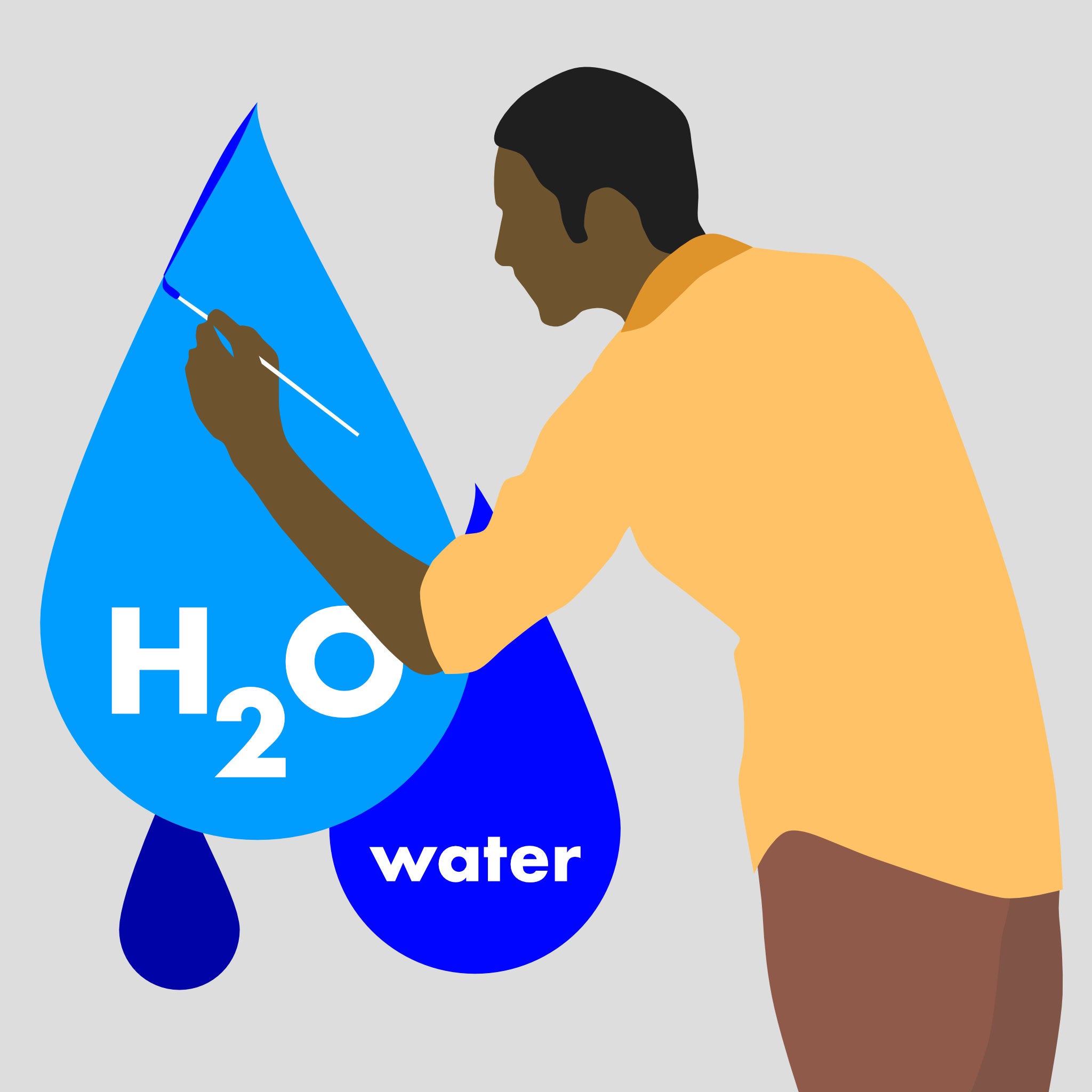 Spreading the word
Spreading the word
STEEP has developed educational materials for communities on the human and environmental health impacts of PFAS based on the work of STEEP researchers. Outreach materials range from social to traditional media, from documentaries to print materials, from podcasts to virtual webinars, and serve audiences of diverse socioeconomic, racial and ethnic, and cultural backgrounds as well as ensure inclusion through the recognition of challenges that prevent or reduce community engagement and influence. STEEP remains committed to incorporating the most timely and best available science in its materials to ensure that community leaders have the necessary information as they decide whether prevention or intervention is appropriate to reduce PFAS exposure in their communities.
 Passing the baton
Passing the baton
We have moved from the age of “better living through chemistry” to the age of “better living through research,” and to ensure that environmental and human health challenges like PFAS are continuously addressed, STEEP is committed to training the next generation of scientists. The skills and knowledge that are passed on to these graduate students and post-docs today will enhance their ability to identify and hopefully mitigate these stable, long-living compounds in the future.
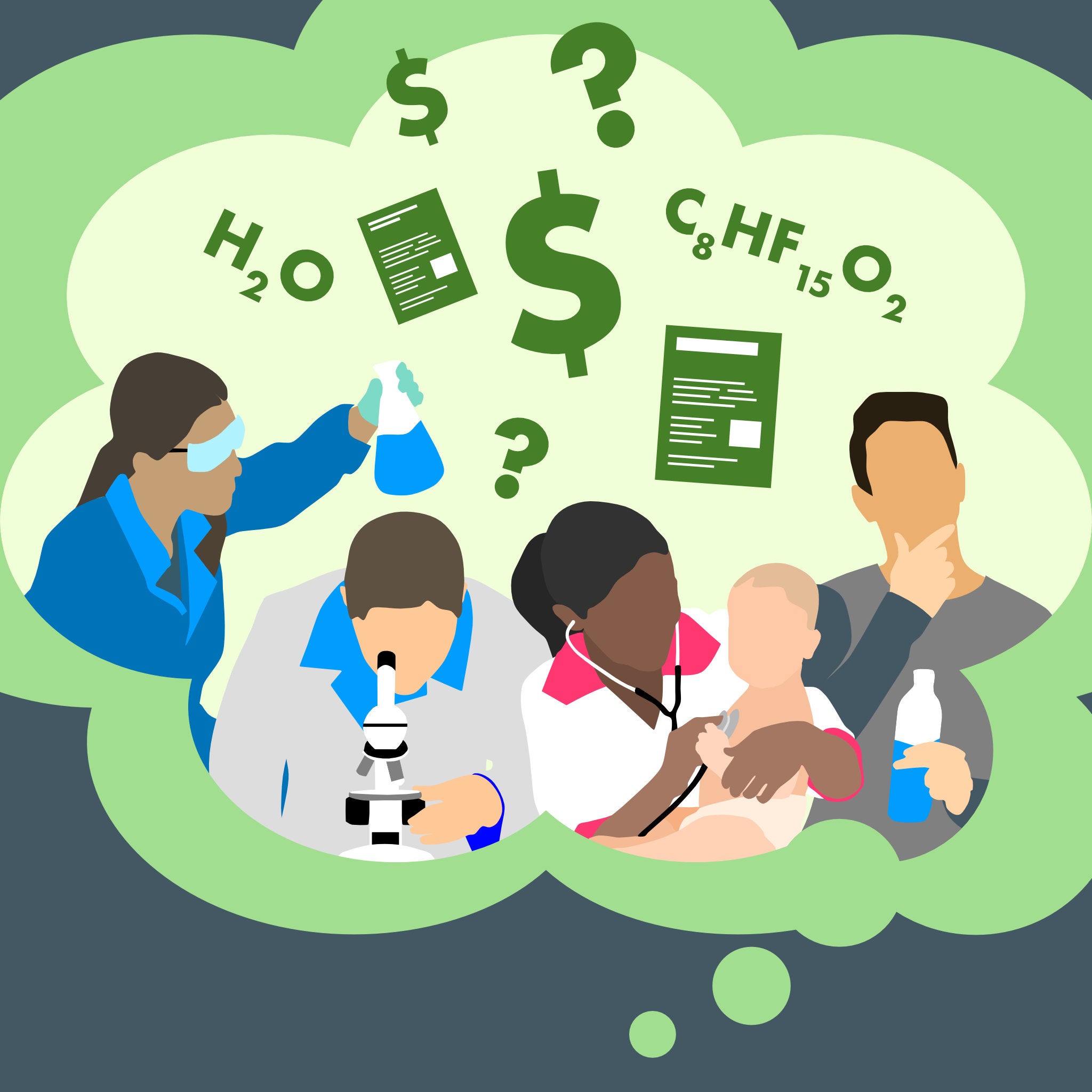 Coordinating the STEEP Effort
Coordinating the STEEP Effort
STEEP is led by co-directors from URI and Harvard T.H. Chan School of Public Health, Department of Environmental Health with guidance from STEEP partner Silent Spring and the Internal and External Advisory Committees. This expert perspective improves the daily interaction between and among STEEP’s projects and cores and ensures that STEEP is fully integrated with the NIEHS and SRP communities. STEEP leadership is instrumental in reporting progress, touting successes, and staying engaged with the larger PFAS science network as well as our fellow citizens.
A cautionary tale
It is too late for us to completely mitigate the impacts of PFAS. These “forever chemicals” are already in our environment and bodies, but lessons learned through STEEP will help communities avoid continued PFAS exposure. At a time when science is being politicized, STEEP remains committed to conducting thorough research and drawing sound conclusions. By keeping the focus on understanding the facts of science as opposed to “believing in” broad generalizations, STEEP provides tools for communities to understand the impacts of PFAS and to use that information to choose from a range of policy solutions.
These lessons learned through STEEP can also foster a stronger impetus to analyze potential harm of new chemicals before they are released into the environment. But this requires that regulatory standards are fully informed and ready to prevent harmful exposure, a structure that has not been historically adopted in the U.S. Currently, as the two most prevalent PFAS—PFOS and PFOA—are being phased out, the chemical industry is developing and releasing slightly modified versions of PFAS (e.g., GenX) without sufficient self-regulation or government oversight. The result is a high-risk game of whack-a-mole.

